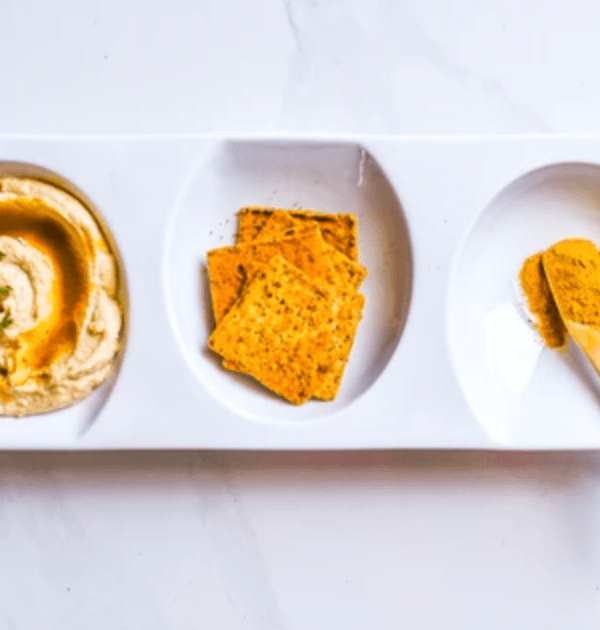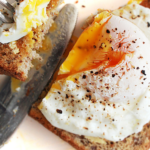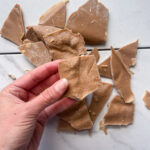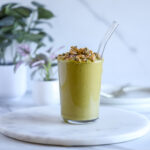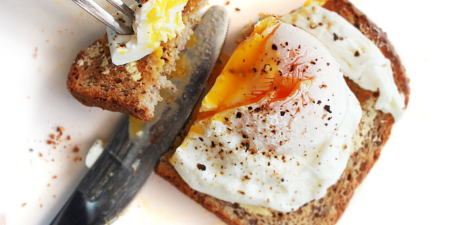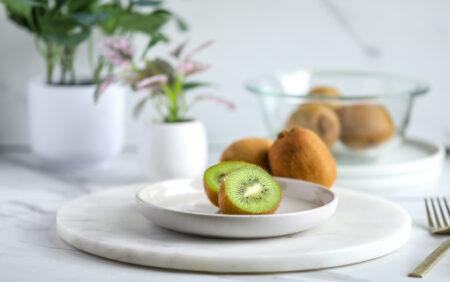Turmeric is not your average spice. In fact, it’s origin dates back to as early as 2500 BCE, native to Southeast Asia. For thousands of years, turmeric has been used in Ayurveda –– a natural system of medicine which originated in India –– and traditional Chinese medicine because of its healing properties. Curcumin, the primary active ingredient in turmeric, known for its anti-inflammatory and antioxidant benefits, was used for the treatment and prevention of diseases.
Turmeric is famously known for fighting inflammation in the body and it’s intake is often encouraged for individuals with chronic diseases. “Specifically, curcumin interrupts the inflammatory cascade that promotes chronic disease and decreases oxidative stress on cells and organ systems This in turn can lead to less inflammation in one’s lungs, cardiovascular, and digestive system,” says Supriya Lal, RD, a registered dietitian. That’s why turmeric played a significant role in Ayurvedic practice from India, where it was used to treat gas, improve digestion, relieve arthritis, and more, she adds.
Unfortunately, turmeric is difficult to absorb into your bloodstream. However, the good news is that you can intake turmeric with black pepper to fully reap the mighty benefits. “Consuming turmeric with black pepper can increase the bioavailability (how much your body is able to absorb to feel the intended effects) of turmeric up to 2000%,” says Lal. This approach of having turmeric with black pepper is an example of food combining, which involves eating foods in duos that boost the absorption of nutrients.
There are many creative ways of incorporating this powerful spice into your diet. Lal says, “Dishes like curries and stewed lentils (dals) are filled with turmeric, in addition to some Thai noodles and rice recipes. Turmeric also makes a great spice component of any meat dry rub, wilted greens recipe, or even tea!” If you’re looking for a simple way to have turmeric on a daily basis, try haldi doodh, also known as golden milk, which stems from an Ayurvedic tradition of boiling milk with turmeric, black pepper, and honey, Lal recommends.
This spice is very versatile and can be added to many meals to nourish your body. Here are three mouthwatering turmeric recipes you should try to give your immune system a boost:
Ingredients
-
1 Can Chickpeas
-
1 Lemon (juiced)
-
1/3 Cup Tahini
-
1 Clove of Garlic
-
1 Tbsp GoldynGlow Turmeric Blend
-
Salt and Pepper to Taste
-
Olive Oil (optional)
Directions
-
Combine the tahini and lemon juice in a food processor and process until creamy (and slightly whipped!).
-
Combine the other ingredients to the food processor and process for about 1 minute until the desired consistency is reached
-
Add to a bowl and top with olive oil and salt and pepper to taste!

2. Golden Latte (aka Haldi Doodh)
Ingredients
-
1 Cup of Milk (We recommend almond or coconut!)
-
1/2 Tsp of Turmeric
-
1/4 Tsp of Cinnamon
-
1/4 Piece of Ginger Root
-
1/2 Tsp of Maple Syrup or Honey
-
Tiny Pinch of Black Pepper
Directions
-
Warm milk in the microwave or stovetop until desired temperature.
-
Add the turmeric, cinnamon, ginger root, maple syrup or honey, into the warm milk.
-
Give the milk a good stir and enjoy!
Optional: Skip the spices and just add PureLife Organics’ Flat Belly Tea to a glass of warm milk or water!
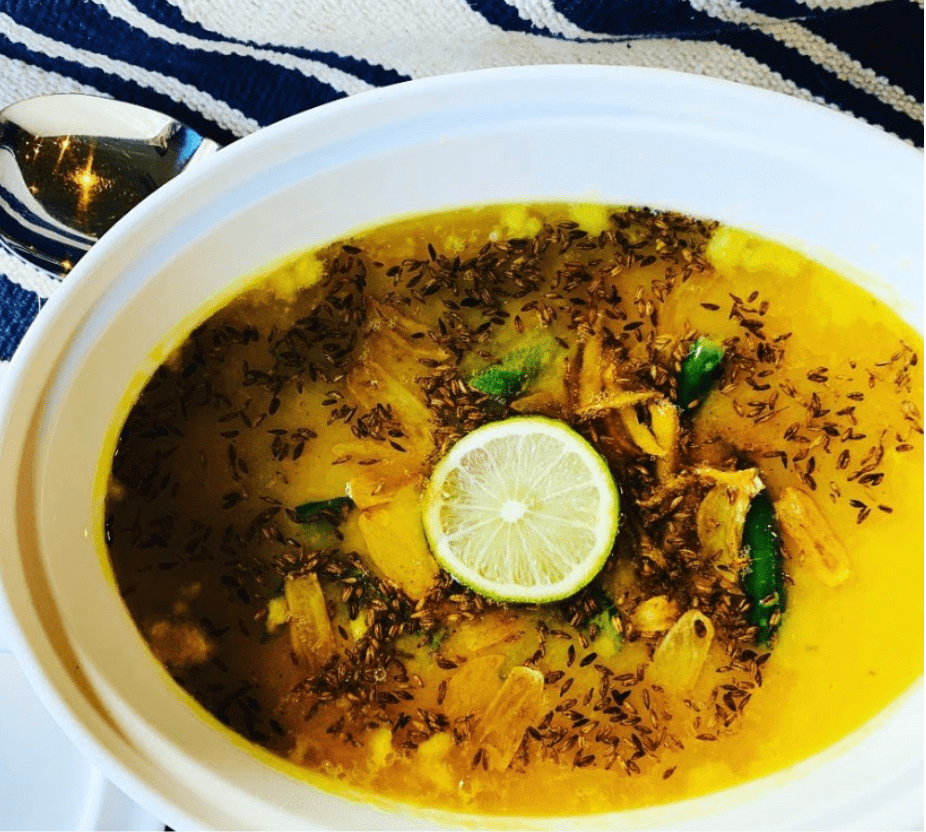
Ingredients
-
2 Cups of Split Pigeon Peas
-
½ Tsp of Turmeric
-
1/2 Tsp of Clarified Butter (Ghee)
-
3 Tsp of Cumin Seeds
-
1/2 Tsp of Asafoetida
-
5-6 sliced Garlic Cloves
-
5-6 Curry Leaves
-
1-2 Green Chillies (for Garnish)
-
Tiny Pinch of Cilantro (for Garnish)
Directions
-
Rinse the pigeon peas in cold water a couple times.
-
Boil the pigeon peas in five cups of water along with the turmeric and a pinch of salt for about 15 minutes or till you reach your desired consistency.
-
Blend the lentils using a hand blender or food processor.
-
Heat the ghee in a pan and add the cumin, asafoetida, sliced garlic, green chilies, and curry leaves.
-
Add the hot ghee mixture to the dal and garnish with cilantro!

